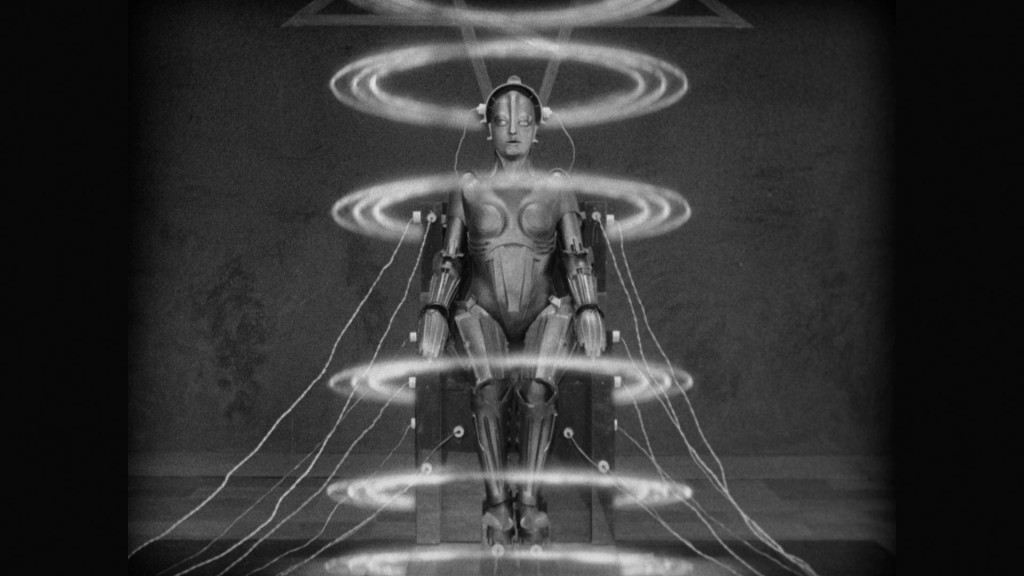
Trying to find a decent horror movie to watch can be as hard as waking up for your 8 a.m. chem lecture. With a new “Paranormal Activity” movie being released every few months and a back catalog of approximately 5 billion “Saw” movies, it often feels like Hollywood is clogged with cheaply made, poorly acted horror movies with no artistic value that only exist to turn a profit on the mutilation of women. If none of the criteria above appeal to you and you want a good, cathartic freak-out this Halloween, look no further than the German Expressionists of the silent era.
Now, before you mentally check out because you saw the word “silent” in reference to films, let me tell you something about silent cinema. This era of film, from the 1890s to the late 1920s, was arguably the most innovative age in the history of the medium. Because filmmakers didn’t have sound, they had to create a compelling narrative using only visual cues. Elaborate sets, exaggerated acting, haunting narratives, skillful editing — these were all cinematic elements that popped up in scores of silent films all across the globe. A silent film can be just as stunning as a sound picture. The German Expressionists, because of their unique interpretation of narrative and fascinating use of imagery, made some of the most dazzling films of this period.
The German Expressionist movement was defined by the “deep unease” of German life during the Weimar Republic. The country struggled in a postwar era dogged by inflation and a serious sense of isolation brought on by the 1916 import ban. German films of this era look unlike anything else; the sets were composed of tall, angular buildings and dark shadows, and anxiety abounded in the story lines long before Humphrey Bogart appeared in any American film noirs. It was the perfect climate for horror films to flourish and it’s no coincidence that some of the best and most popular German Expressionist films were such.
Robert Wiene’s “The Cabinet of Dr. Caligari,” was released in February 1920 — just over a year after the end of World War I. It tells the story of Francis, who lives in a mountain village that soon becomes the site of several murders once the mysterious Dr. Caligari and his somnambulist slave, Cesare, come to town. “Caligari” is often credited as the first film to employ a twist ending, and the angular, winding sets can be seen recreated everywhere from 1993’s “The Nightmare Before Christmas” to the 2000 Red Hot Chili Peppers music video “Otherside.”
Fritz Lang’s 1927 masterpiece, “Metropolis,” is a meditation on the evils of a class system, as seen through the eyes of Freder, the rich city ruler’s son, and Maria, a poor worker. Technically and visually stunning, “Metropolis” features a female character who is both the Madonna and the whore, a revolutionary idea, as well as one of the most contextually terrifying dystopian scenes of all time. The Nazi party loved “Metropolis.” That will be very obvious about a half hour into the film, and then you will get to sit and ruminate about how this film came out a decade before the first concentration camp opened. (Lang had Jewish heritage and fled Germany in 1934).
“Nosferatu,” released in 1922 and directed by F.W. Murnau, is one of the most iconic vampire films of all time. Most millennials will recognize the vampire, Count Orlok, from his appearance at the end of an early episode of “Spongebob Squarepants.” An unauthorized adaptation of Bram Stoker’s “Dracula,” “Nosferatu” is famous for lead actor Max Schreck’s performance as Orlok. Much of Schreck’s performance is him in shadows; a shot that is still chill-inducing almost 100 years later features nothing but a wall and the shadow of Schreck creeping up the stairs to claim a victim.
Silent films can be hard to watch, so watch these classics with friends; throw a party, make some snacks and reflect upon the “deep unease” in your life. It’s midterms season; you’re probably feeling a lot of it right now.


